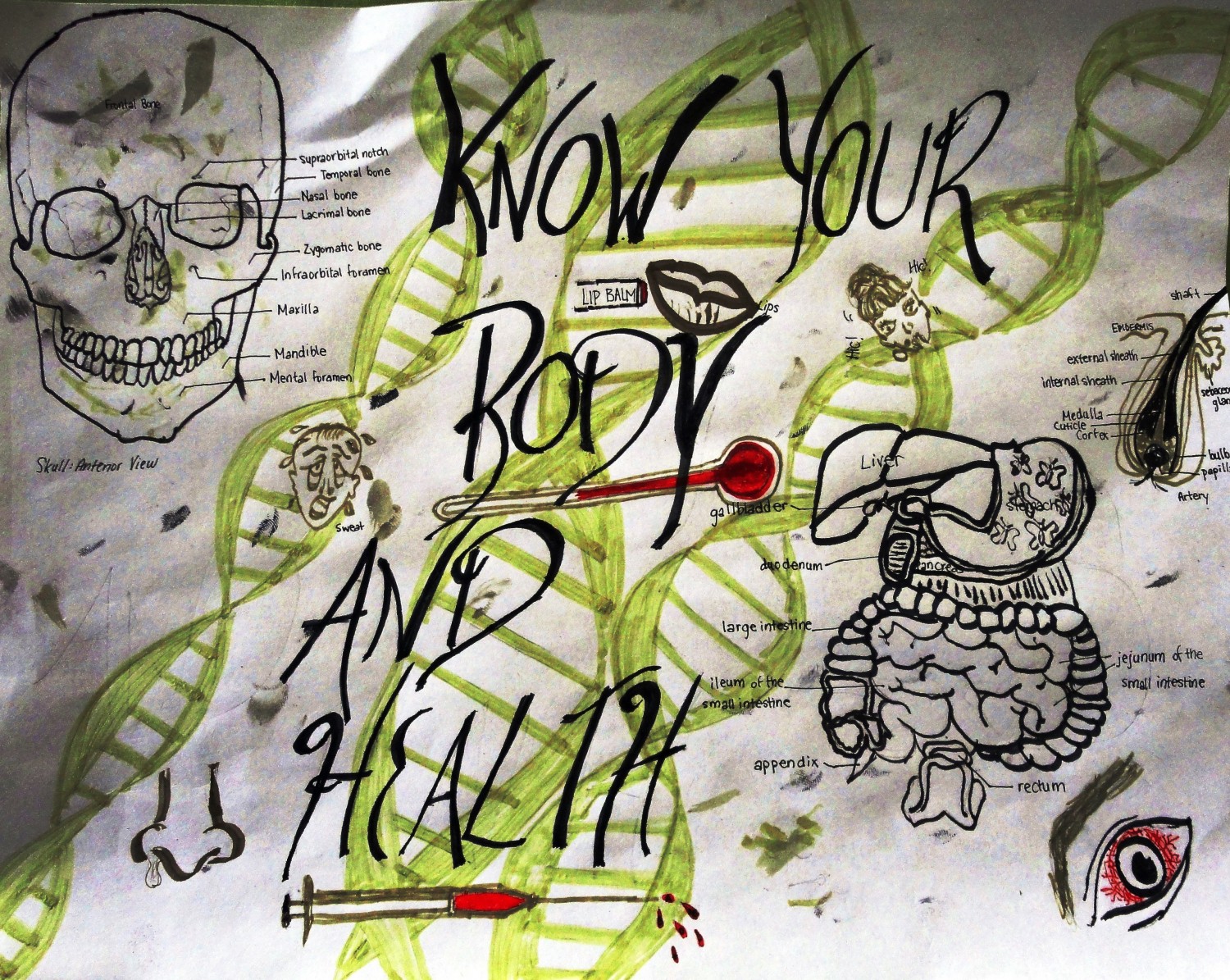Whenever you run into something or take a bad fall, you’ll find a bruise in the place that hurts (so long as your skin didn’t tear!). But what causes bruising and is there a way to treat it?
What is bruising?
Bruises, also known as contusions or ecchymosis, are the localized pooling of blood outside of blood vessels. So a bruise is simply when your blood escapes your blood vessels in a tissue yet remains in a certain area.
Why do we bruise?
When a part of your body is struck, the impact causes your blood vessels (more specifically capillaries, though sometimes it’s venules) in that area to rupture. This releases blood cells close to the skin’s surface, which spread out under the skin giving it a reddish colour.
The Colour changes of a Bruise
- This reddish colour changes over the period of healing for a bruise. At the beginning, your bruise will be red because it will have an iron-oxygen complex.
- After a couple days, however, your bruise will change to a deep purple or a blue colour; this is because the oxygen will have been used up by the surrounding tissues, resulting in the loss of an iron-oxygen complex (which gave the blood its red colour).
- Then you bruise will slowly begin to heal; at around 5 days, your bruise may turn a green colour which is the result of hemoglobin, the protein found in our blood cells that contains iron to attract oxygen, breaking down in the blood cells that escaped.
- The final colour stage is a yellow or brown colour, where the body is reabsorbing the lost blood and in its last stretch of healing itself. This usually occurs after 9 or 10 days.
How to help your bruise heal
When your bruise is healing, the blood that remains in the blood vessels needs to clot to prevent the further loss of blood. To help with the clotting process, it is recommended that you rest the affected area to ensure that there is no additional stress on the tissue.
Also, apply something to cool the area, perhaps a bag of ice or an ice pack. By cooling the area, you help influence the blood vessels to constrict. By constricting, the blood vessels reduce blood flow which means that there will be less blood that is lost through the rupture. Icing the area will also help calm down any swelling that occurs, but make sure to only apply ice intermittently for a maximum duration of 20 minutes. For the first day, it’s recommended that you ice the bruise for 20 minutes, take a break from the cooling for 20 minutes, and then repeat.
Both of these methods will help prevent the spread of blood underneath the skin but outside of the blood vessels; in other words, it helps contain the blood that escaped from the blood vessel in one area.
If you don’t rest the tissue after its blood vessel ruptures, it is likely that blood will spread to other areas in the vicinity of the impacted area. This is why you will sometimes find that there is a new bruise near the original one a day or two later.
Your blood vessels will heal themselves over the roughly 9 day period and your skin should go back to normal; just remember, rest and ice up! If you don’t, it can take a lot longer for the tissue to heal.
Have a suggestion? Why not place it here?
